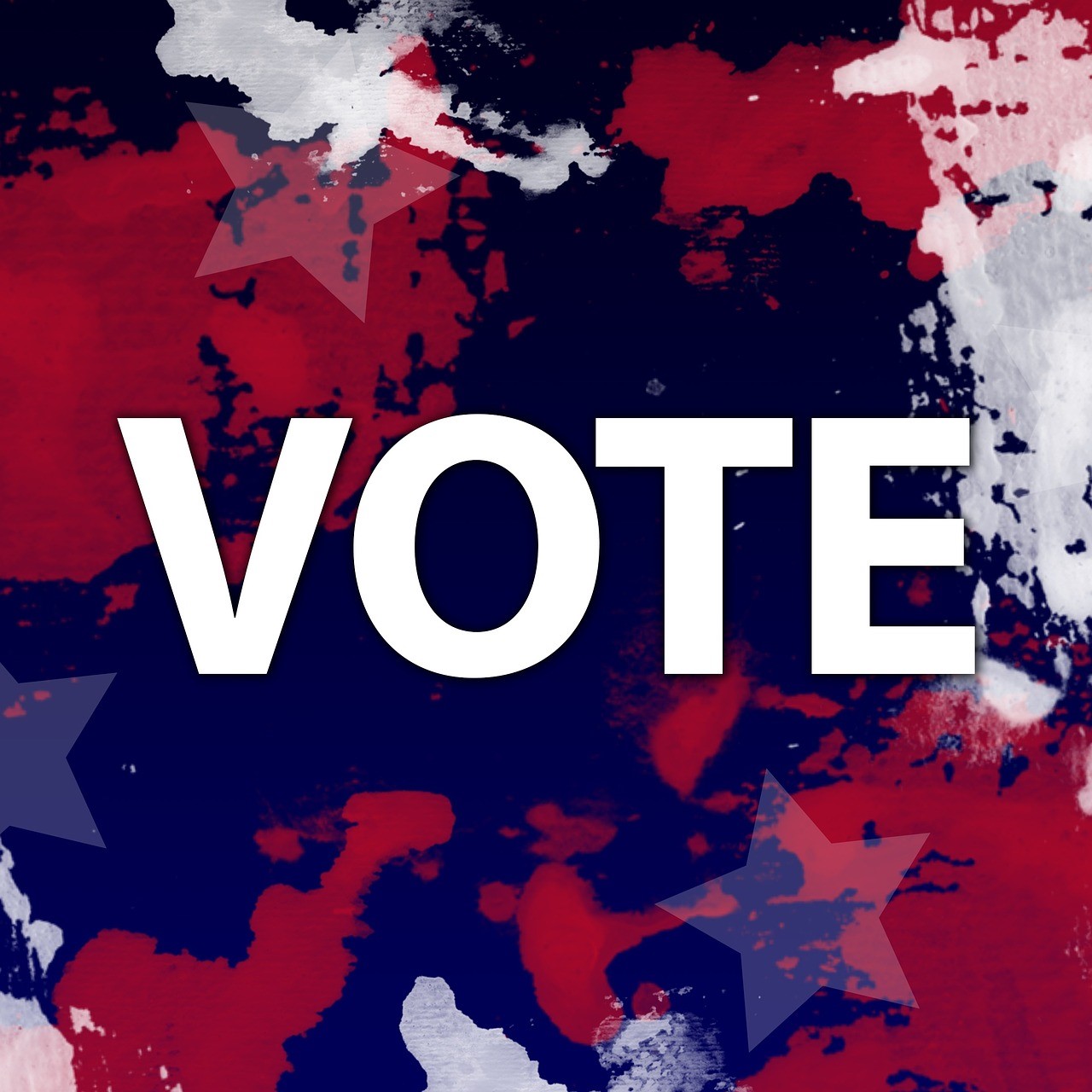HISTORY's Moment in Media: Kennedy and Nixon Face Off in First Ever Televised Debate

With 14 months to go until the 2024 U.S. presidential election, debate season is already underway.
The first debate for the 2024 election cycle was held among Republican primary candidates and televised from Milwaukee, Wisconsin, on August 23; the next one, among the same group, will be broadcast from the Ronald Reagan President Foundation in Southern California on September 27. If recent history is any guide, by the time Election Day 2024 rolls around on November 5, 2024, we'll have witnessed two or three debates between the two major party candidates for president, one debate between the vice presidential candidates and, in the lead-up, a dozen or more debates in the primary race.
This marathon of opening statements, rejoinders and carefully rehearsed one-liners traces its roots to the first-ever televised presidential debate on the evening of September 26, 1960, sixty-three years ago this month. It was the first of four debates, all held in the six weeks leading up to the election, between Democrat John F. Kennedy, then a U.S. senator from Massachusetts, and Republican Richard M. Nixon, then vice president.
Before 1960, presidential candidates campaigned in person, whether in train tours or by speaking to crowded halls. Some had debated, like the famous Lincoln-Douglas debates in the lead-up to the Civil War (although those were for a Senate seat). Candidates had appeared on television too, like in the dignified ads made for Dwight Eisenhower's 1952 campaign, since the young medium had grown popular in the 1950s. But the 1960 debates where the first time millions of Americans could see the candidates live and in action as potential commanders in chief.
Broadcast live from a studio in Chicago, the first Kennedy-Nixon debate was watched by an estimated 70 million Americans -- more than a third of the country's total population of 180 million -- and may have changed the course of the election.
Only four years younger than Nixon, Kennedy was less known to the American public and was considered youthful and inexperienced. What Kennedy did understand was modern image-making in a way Nixon did not. By recognizing this opportunity, Kennedy played youth to his advantage.
Don Hewitt, who would go on to create 60 Minutes, was in charge of the production, and the two candidates made very different use of his offers of assistance in preparation. Both men were offered the services of a CBS makeup artist, and both turned it down -- but Kennedy later had his own team apply makeup. Both were offered a pre-production meeting with Hewitt's team; only Kennedy took the meeting.
What's more, Nixon had recently been hospitalized for a knee operation and had lost weight. On his way into the studio, he reinjured the knee but didn't want to call off the debate. The resulting image was a man wearing a shirt that was too large who looked uncomfortable, pale and sweaty. Nixon also, as in a traditional debate format, looked at Kennedy when he spoke. Kennedy, by contrast, seemed comfortable and at ease. When he spoke, he directed his eyes to the camera -- and by extension, to the viewers at home.
Gallup polls before the first debate showed a close race with Nixon on the upswing. After the debate, polls showed Kennedy in the lead. He went on to win the presidency by the smallest margin until the 2000 Bush-Gore race.
It was clear just how powerful televised debates were, and subsequent presidential candidates were wary of them. The next televised debates didn't happen until 1976, when incumbent Republican Gerald Ford agreed to join Democrat Jimmy Carter for a series of three debates (plus one vice presidential debate) sponsored by the nonpartisan League of Women Voters (LWV).
They were still powerful forums. "There is no Soviet domination of Eastern Europe," Ford said at one point -- this was decades into the Cold War -- and the flub was seen as a major gaffe. Four years later, in another LWV-sponsored debate, Republican Ronald Reagan complained that Carter was misrepresenting his positions and coined the folksy catchphrase, "There you go again."
By 1984, the nonpartisan Commission on Presidential Debates (CPD) was formed to institutionalize the face-offs, and CPD has been running the debates ever since, even as the political parties themselves and various media partners have rapidly expanded the number and format of debates for the primary season.
But as our politics have become more polarized and our media environment more splintered, the future of these debates is less certain. Do they still represent a common ground or are they on their way out? In 2016, there was gamesmanship about who could sit where in the audience, with CPD officials threatening to have guests removed. In 2020, one debate turned into chaos, and another was canceled when the candidates couldn't agree on terms.
So, what will happen when we get to the 2024 general election campaign? That's still up for debate.
Click the social buttons to share this story with colleagues and friends.
The opinions expressed here are the author's views and do not necessarily represent the views of MediaVillage.org/MyersBizNet.

